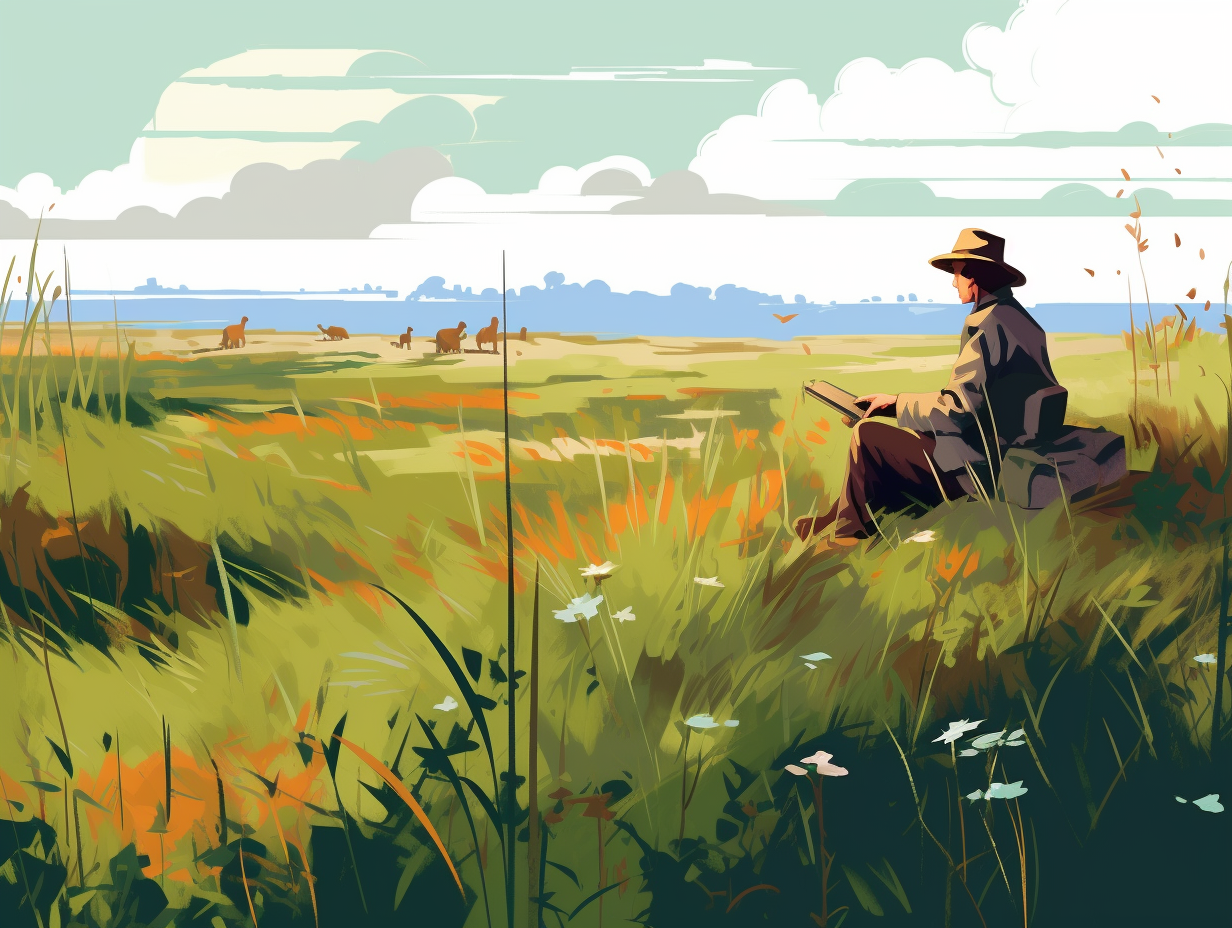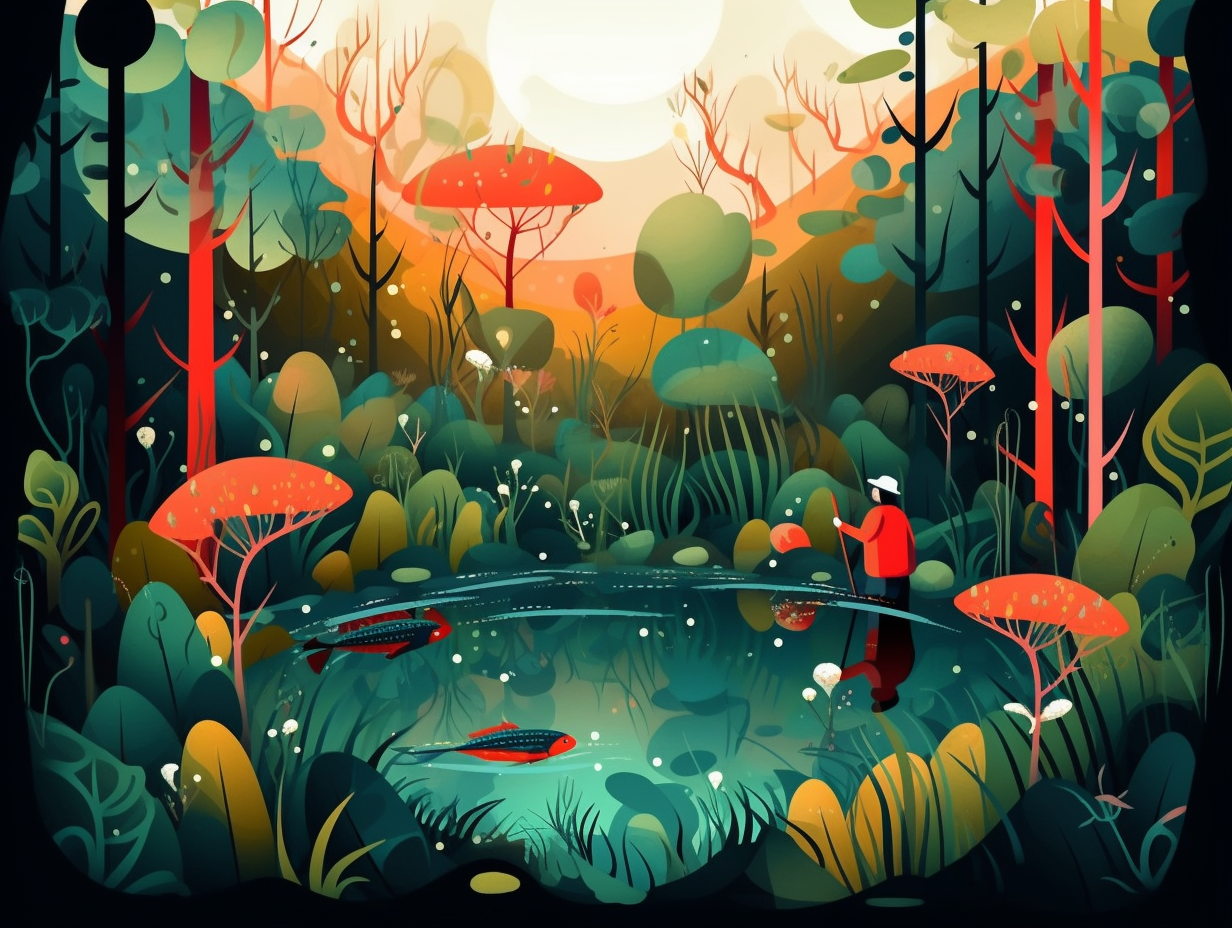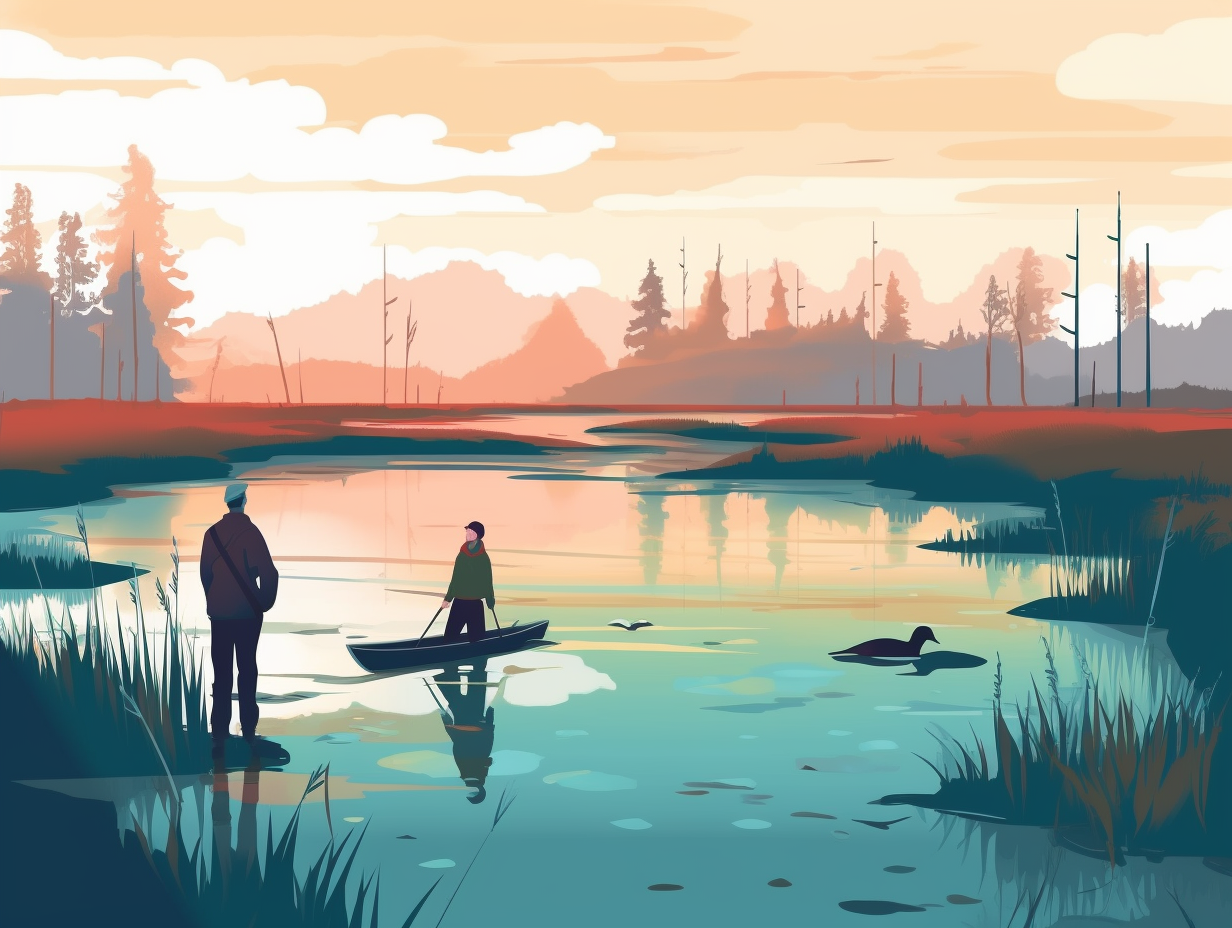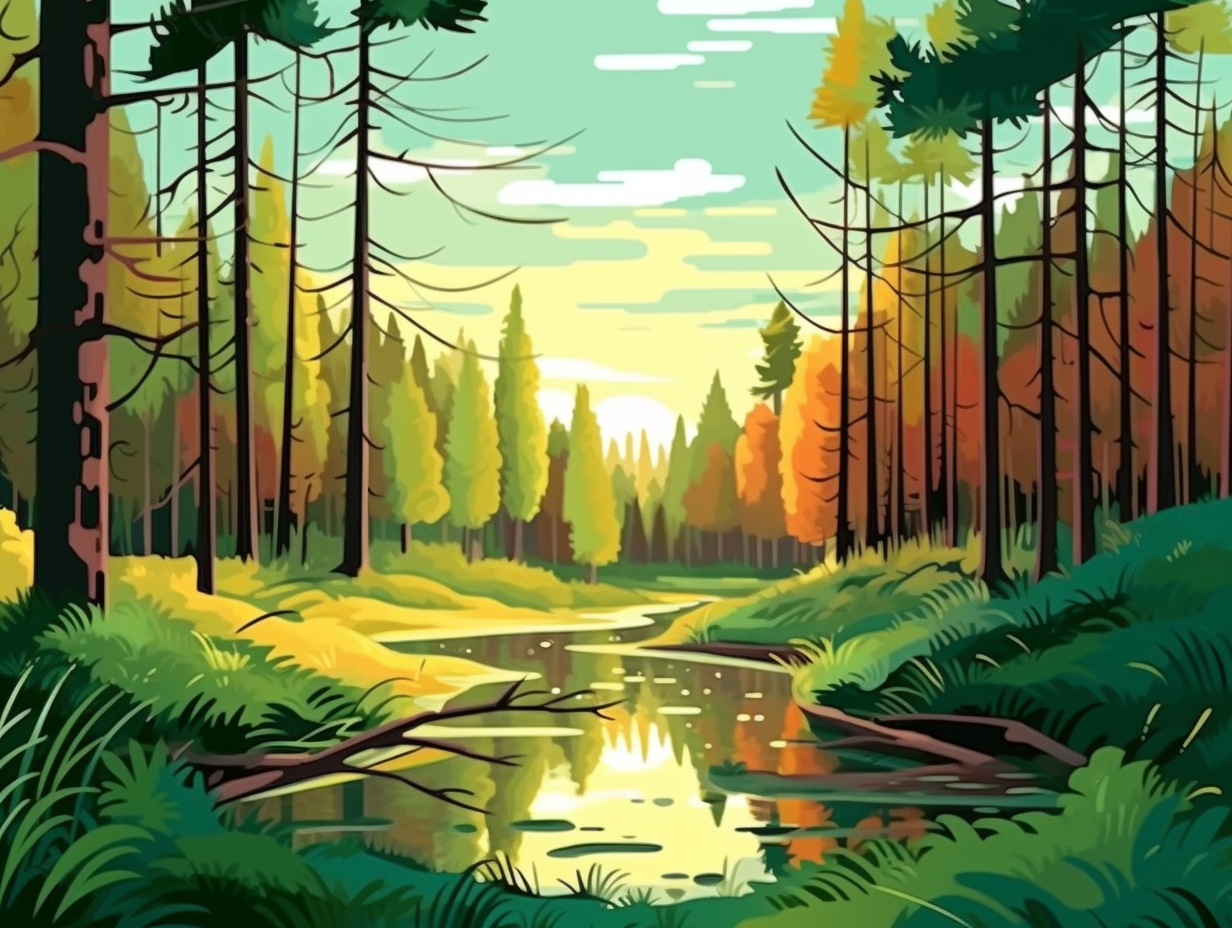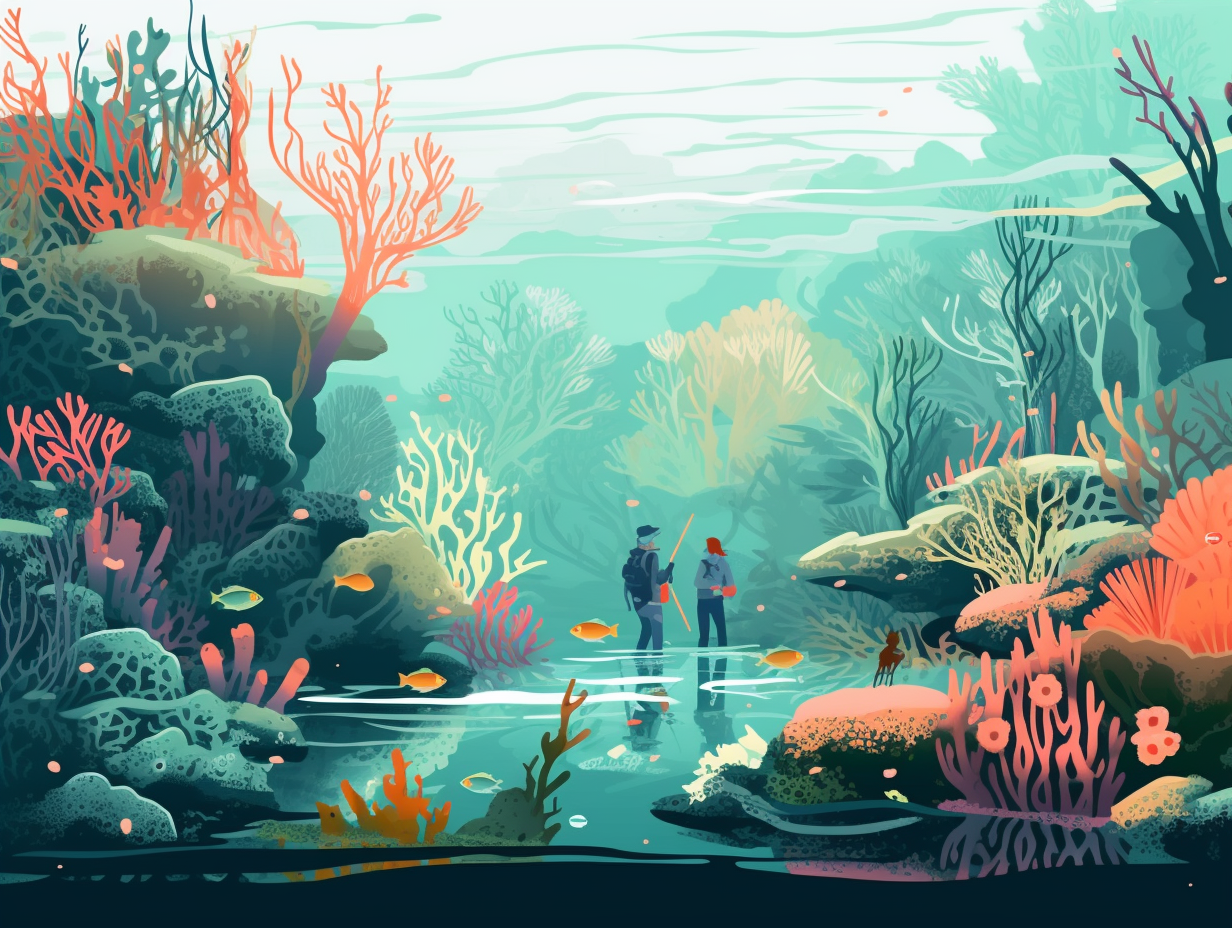Discover the Unexpected: Top 8 Fascinating Fun Facts about Desertification
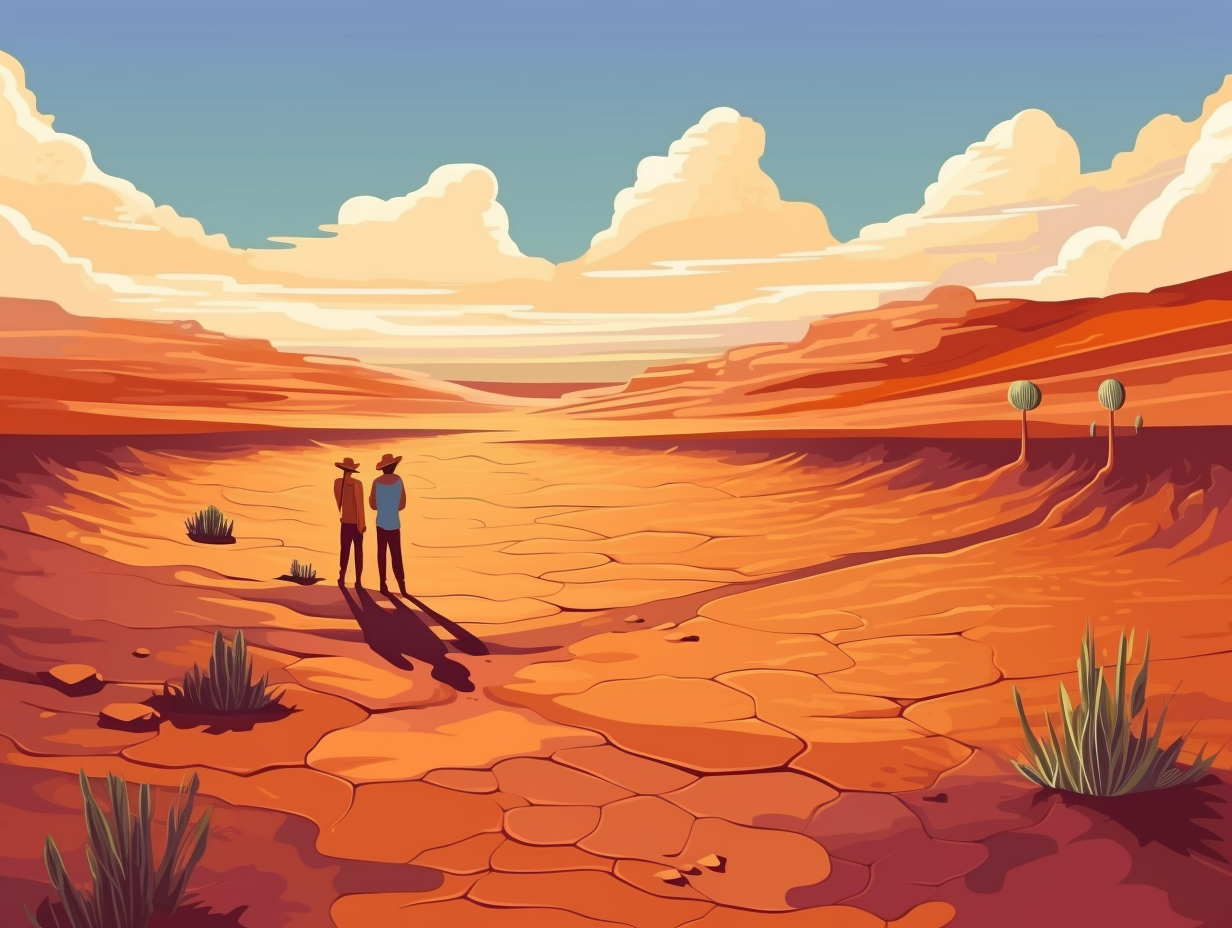
1. Earth's Yard Sale: Losing Prime Real Estate
If the Earth threw a yard sale, it'd be losing prime real estate at a frightening pace: Approximately 12 million hectares of productive land become victims of desertification every year, leading to falling crop yields, resource-driven conflicts, forced migrations, and diminished climate change resilience. No wonder the UN is urging for intensive land restoration initiatives to save both home values and humanity's future!
Source => press.un.org
2. Dry Land Musical Chairs: Desertification's Global Impact
Hold onto your camels, folks, because Mother Nature might just be playing a game of "dry land musical chairs": Desertification is currently plaguing 9.2% of drylands worldwide, and this unfortunate conundrum affects a staggering 500 million people. Along with the loss of agricultural productivity and biodiversity, this puzzling circle of life results from a combo of human activities and climate variations. Alas, no need to throw in the (grainy, sand-filled) towel yet! Through sustainable land management practices, we can not only halt this rapid terra-transformation but also contribute to climate change mitigation and adaptation.
Source => ipcc.ch
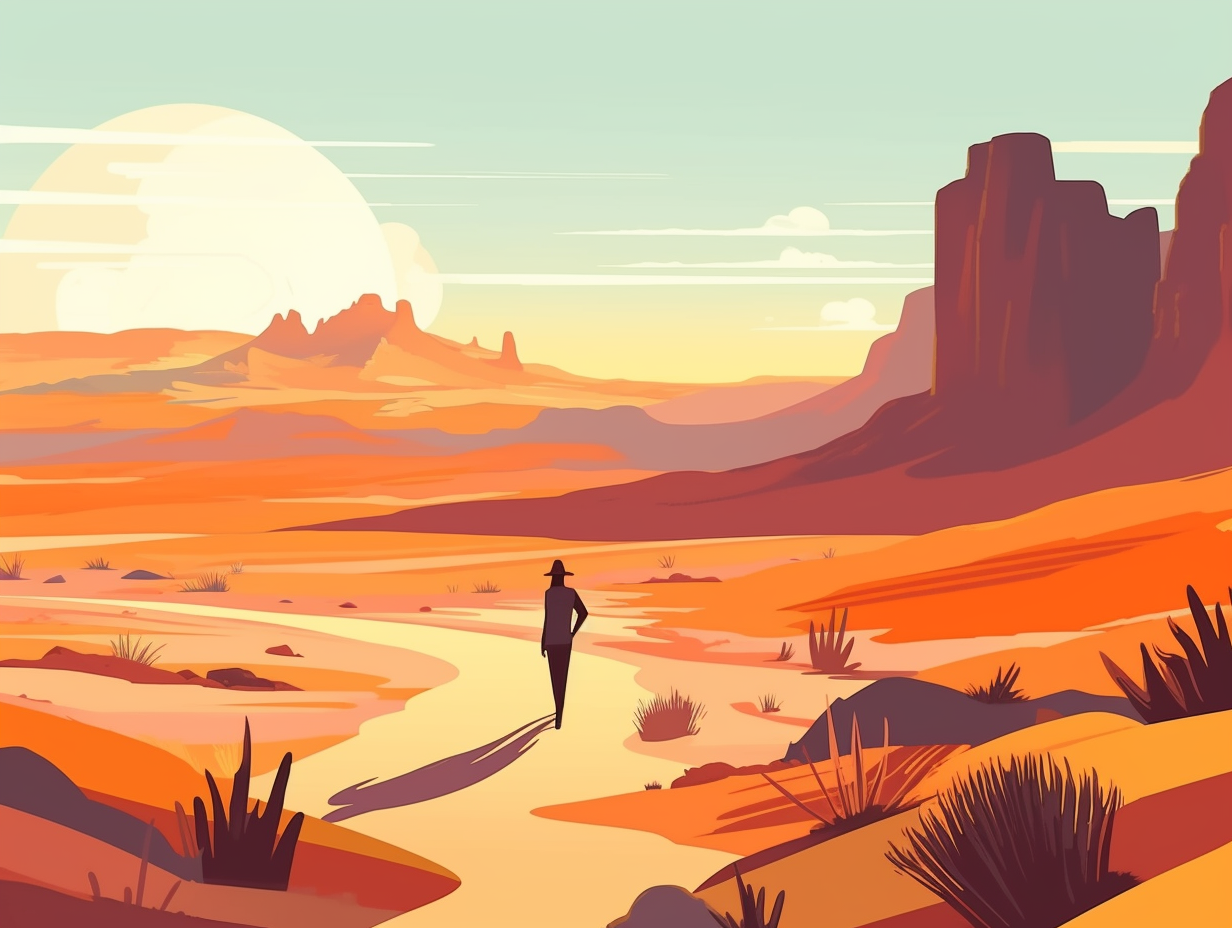
Did you know the desert is home to 10,000 succulent plant species? 🌵 But 2,000 of them are facing extinction due to human activities. Discover the drama in the world of succulents!
=> Fun Facts about The-Desert
3. Water Fight Apocalypse: The Rising Water Stress
Remember when you thought water fights in the scorching summer heat were the ultimate symbol of water stress? Hold onto your water balloons, because this is about to get real: By 2025, two-thirds of the world's population will experience water stress due to desertification, with 1.8 billion people facing absolute water scarcity, potentially displacing up to 135 million people by 2045. However, there's a shimmer of hope – restoring degraded land can help store up to 3 million tons of carbon each year, putting up a fight against the climate crisis.
Source => news.un.org
4. Goldilocks vs Desertification: The Costly Sand Takeover
Move over, Goldilocks – the planet's sand is rapidly eating our porridge: Desertification is costing the world around US$490 billion per year and devouring an area three times the size of Switzerland annually, as reported by the United Nations Convention to Combat Desertification. Moreover, experts predict an extra 120 million hectares of agricultural land will be needed by 2050 to maintain food production.
Source => ourworld.unu.edu
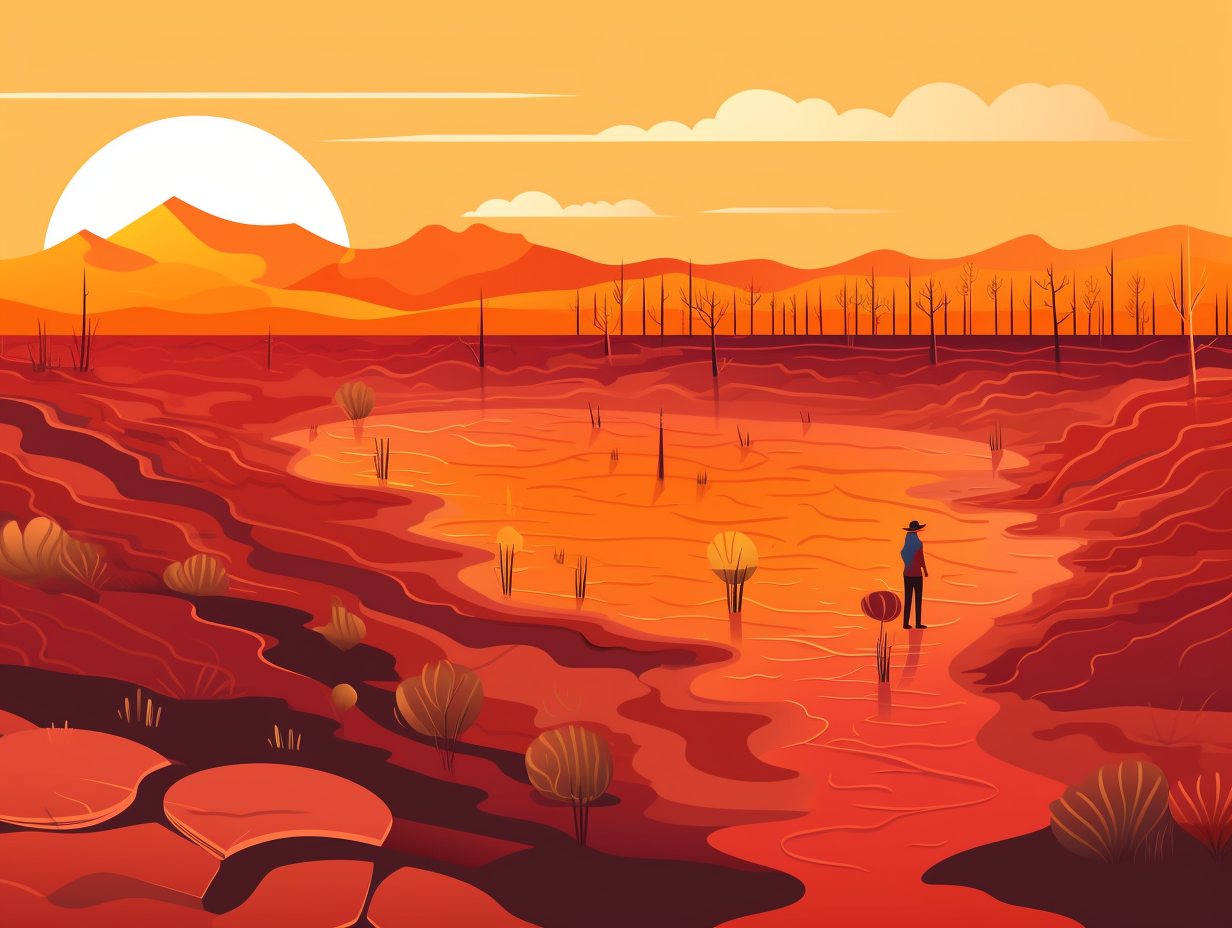
5. Dusty Fever: The Health Hazards of Desertification
Feeling a bit dusty and feverish lately? You may have your expanding backyard sandpit to blame: Desertification not only diminishes food sources but also exposes humans to the spread of diseases, as degraded lands turn to deserts forcing populations to migrate and increasing their vulnerability to water- and food-borne illnesses and respiratory ailments triggered by atmospheric dust and pollutants.
Source => who.int
6. Hold Onto Your Dust Masks: The Dust Storm Epidemic
Hold on to your hats, folks – or rather, your dust masks: desertification annually whips up 0.5 to 5 billion tons of dust storms across the globe, scattering pollutants and health-depleting particles willy-nilly, triggering allergies, asthma, menacing meningitis outbreaks, and even dishing out a side of heart trouble. The Sahara, that mega-sand dispensary, is the prime perpetrator, sending its sandy fingerprints all the way to Europe and the Americas, causing air quality - and likely some tempers - to plummet.
Source => sciencedirect.com
7. Soil's SOS: Vanishing Topsoil and Desertification
If soil could talk, it would say, "I'm eroding away, and it's not just a phase!": It turns out, half of the world's topsoil has vanished in the past 150 years due to agriculture, deforestation, overgrazing, and agrochemical usage, leading to an increase in desertification; but fear not, embracing sustainable land practices can help restore balance to the force and Mother Earth!
Source => worldwildlife.org
8. Green Stubble to the Rescue: Niger's Farmland Revolution
Who needs a green thumb when you can rock the "green stubble"? Farmer-managed natural regeneration in Niger has proven that having a little stubble goes a long way: In fact, they've managed to re-vegetate a whopping five million hectares of farmland, leading to increased crop yields, better soil quality, and fatter wallets for farmers – talk about a smooth transition from deserts to dividends!
Source => green.earth
Related Fun Facts

